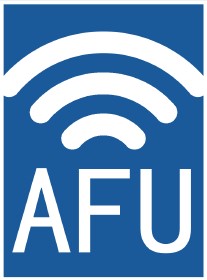A coaxial jumper cable is a coaxial cable assembly designed for short-distance signal transmission. Its core function is to connect devices (such as base stations, routers, and test instruments) to antennas, modules, or interfaces in radio frequency (RF) and microwave systems. Its structural design must balance signal integrity, anti-interference performance, and mechanical flexibility, making it widely used in fields like communications, radio and television, test and measurement, and aerospace.
To understand the differences in their performance, it is first necessary to clarify their basic structure. Coaxial jumper cables adopt a layered design from the "inside out", with each layer having a clear function, working together to ensure stable signal transmission:
Inner Conductor
Typically made of a single-strand copper core (for rigid structures) or a multi-strand stranded copper core (for flexible structures), it serves as the core channel for signal transmission. The purity of the material (e.g., oxygen-free copper) and its diameter directly affect electrical conductivity efficiency and impedance matching.
Insulating Dielectric
As a key layer wrapping the inner conductor, it must have a low dielectric constant (to reduce signal attenuation) and high stability (resistance to temperature and humidity). Common materials include polyethylene (PE), polytetrafluoroethylene (PTFE, Teflon), and foamed polyethylene.
Outer Conductor
It comes in two structural types: a double-layer structure of "braided mesh + aluminum foil" (for flexible cables) or a seamless copper tube (for rigid cables). Its functions are to shield external electromagnetic interference (EMI) and form a signal return path. The shielding coverage rate (e.g., 95%/98%) determines the anti-interference capability.
Jacket (Outer Sheath)
As the outermost protective structure, its material must be wear-resistant and resistant to environmental corrosion (e.g., oil resistance, UV resistance). Common materials include polyvinyl chloride (PVC), fluororubber (FKM), and polyolefin.
Working Principle
Signals are transmitted through the inner conductor. The outer conductor forms an "electromagnetic shielding cavity", which prevents external interference from entering and internal signals from leaking. The insulating dielectric maintains the coaxiality of the inner and outer conductors to ensure impedance matching (e.g., 50Ω, 75Ω) — impedance mismatch will cause signal reflection and reduce transmission efficiency.

